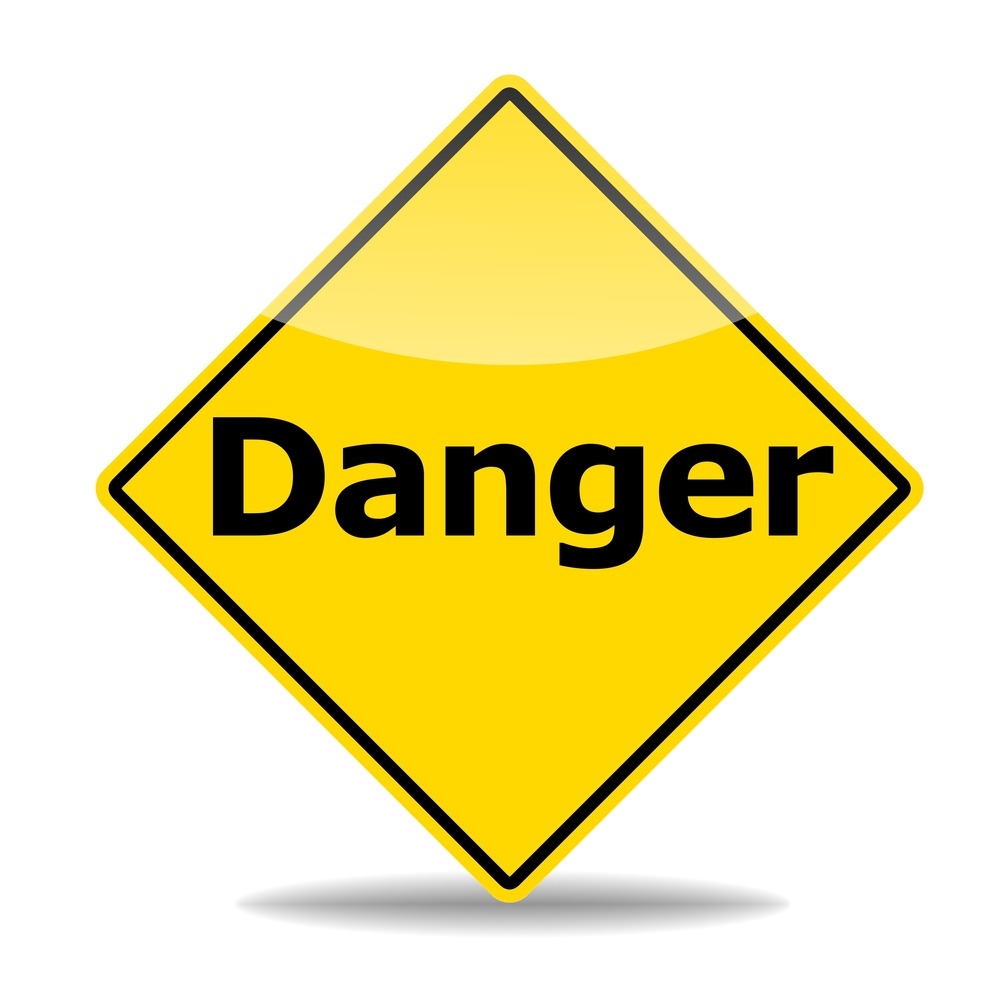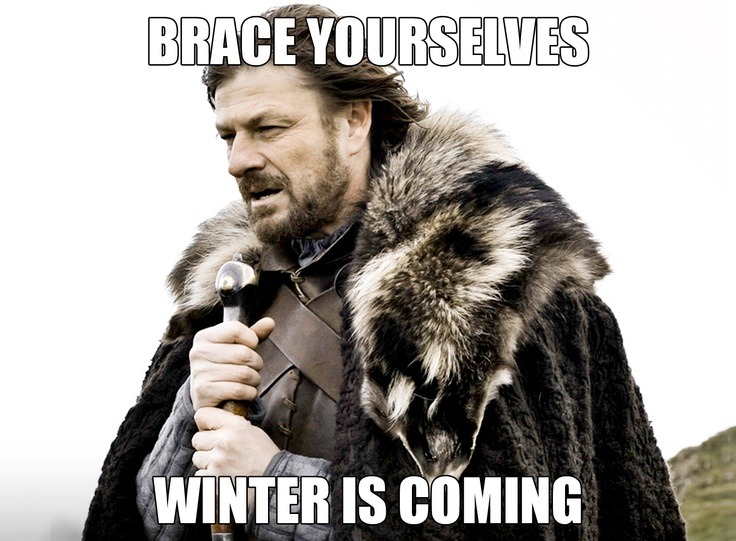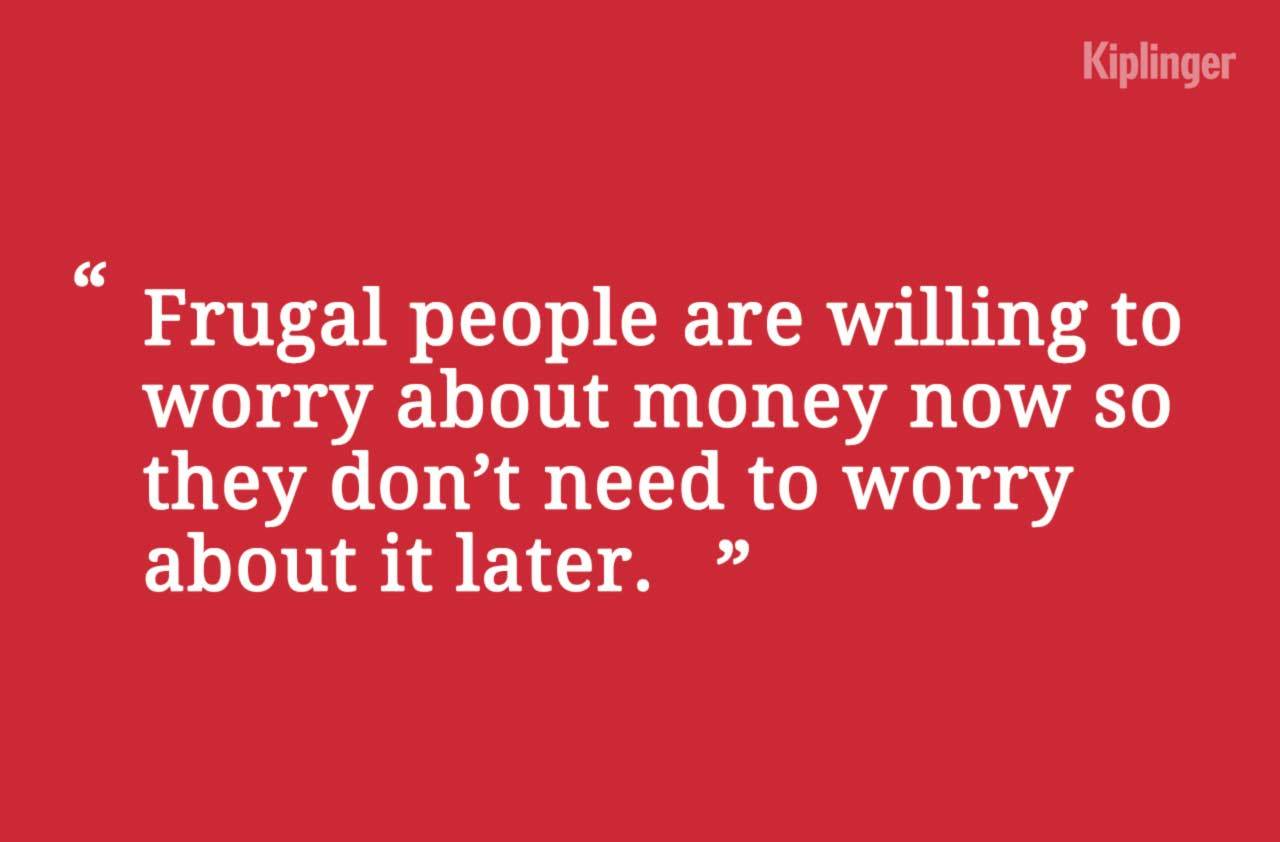
There is no such thing as a safe investment. Cash isn’t safe, money markets aren’t safe, bonds aren’t safe, stocks aren’t safe, gold isn’t safe, real estate isn’t safe, and the list goes on and on. It’s sad news, but when you are dealing with your money it’s better to have the sad truth than blissful ignorance.
Cash is not safe; in fact over long-term periods it almost always loses purchasing power because of inflation. The loss in purchasing power means that in “real” economic terms holding cash over long-term periods results in negative returns.
Gold is not safe; historically gold has had lower long-term returns than many other asset classes such as stocks or bonds while also being more volatile and unpredictable. Gold has often performed well in periods of panic, and physical gold tends to move along pretty well with inflation over long-term periods. There are few investors with a goal to “have the equivalent portfolio value 25 years from now as I have today in terms of purchasing power.” Most investors need much more than that from their portfolios, meaning in most circumstances gold is not safe.
Real estate is not safe; real estate like owning physical gold has the positives and negatives of being a tangible asset with low liquidity vs. most other asset classes. The typical real estate investor (home buyer) does not achieve good capital returns compared to alternatives such as stocks or bonds over their time horizon. In fact a huge percentage of home buyers have negative returns over their time horizon, but still achieve their primary goal of having a home to live in. If the person’s goal is to have a place to live, then compared with the alternative of renting, buying a home (real estate) is often very attractive. But when the goal is strictly capital return on investment there are many statistically superior options to real estate.
There are potential upsides and dangers for every asset class, these examples could go on and on. The key is matching the appropriate mix of the different asset classes.
Every investment has opportunity costs, and probabilities of success. The key to selecting the right asset is to properly evaluate the time horizon, and objectives; then compare outcome probabilities of the various asset options.
Always remember that with financial planning and investing there are no certainties, only probabilities.
Written April 13th, 2016
There is a great medieval fantasy TV series on HBO called Game of Thrones, based on the book series A Song of Ice and Fire. From the outset of the series there is a faction called the Starks which continually warn of the coming perilous winter. The Stark characters ominously utter the phrase “winter is coming.”
Despite being 5 books and 5 seasons into the series, winter has still not showed up. However, as one character wisely points out, “sooner or later the Starks are always right.”
The markets have followed a similar trend these last 7 years. The bears have been predicting the next bear market every year since the start of this bull market. Despite being wrong these last 7 years, like the Starks, sooner or later the bears are always right.
Seven years into the current bull market, yes “winter is coming,” or rather a bear market is coming. Bull markets do not run forever, a bear market is lurking somewhere on the horizon. The question investors are asking is “When?”
To answer the “when” we need to talk about bull markets and specifically how bull markets function, and how bull markets DIE.
The simplest and best description I have is that a bull market acts like a vector moving in space; it runs and runs, until it is knocked off course or runs out of steam.
In the “knocked off course” scenario some event or development comes along unforeseen which shakes the world economy. In this scenario the bull market is cut short. A good estimation for the size of the event causing a bear market would be something capable of cutting 5% from global GDP.
-
A great example of this scenario is the 2008 Housing/Financial Crisis. Some may argue that the signs of a housing collapse were everywhere, and that everyone “should” have seen it coming. I won’t try to argue against that, but the housing market alone should not have been enough to trigger a bear market and major global recession.
-
The aspect that very few people saw coming (those that did, made a killing) was the systemic implications of a housing decline combined with inconsistent government action pouring gasoline on the fire.
In the “run out of steam” scenario a full bull market cycle is completed as investor sentiment gradually improves until it reaches levels that are unreasonable given the levels of general economic output and corporate earnings/profits/growth prospects. I will use the famous quote from Sir John Templeton to help illustrate this scenario “bull markets are born on pessimism, grow on skepticism, mature on optimism, and die on euphoria.”
-
The 1990s bull market and subsequent bear market that began in 2000 commonly referred to as the “tech bubble” is an excellent illustration of this. During that period US markets had positive annual returns from 1991 to 2000.
-
Much like today, investor sentiment remained muted for the majority of the 90s bull market run. It wasn’t until the end that euphoric talk of “a new economy” and “new stock market rules” became the norm, and companies like Pets.com started going public.
-
“When beggars & shoeshine boys, barbers& beauticians can tell you how to get rich, it is time to remind yourself that there is no more dangerous illusion than the belief that one can get something for nothing.” Bernard Baruch

